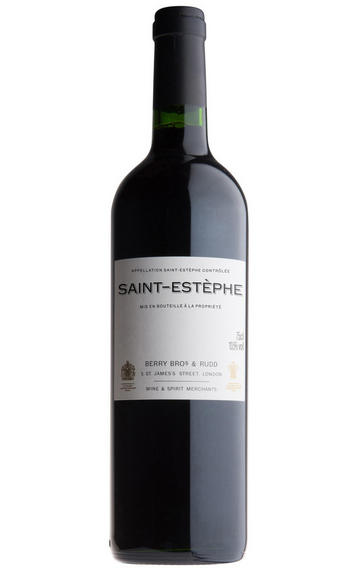
2018 Berry Bros. & Rudd St Estèphe by Tronquoy-Lalande, Bordeaux
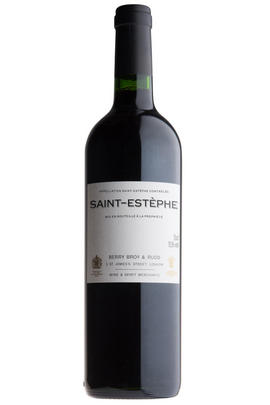
About this WINE
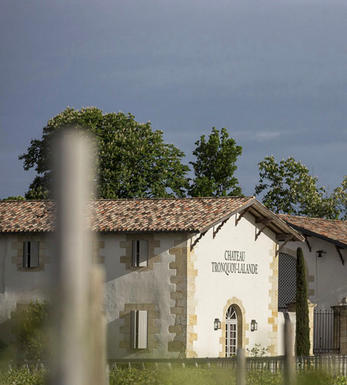
Ch. Tronquoy-Lalande
Château Tronquoy-Lalande is a 30-hectare estate in St Estèphe on Bordeaux’s Left Bank. The property is owned by the Bouygues family, proprietors of nearby Ch. Montrose. In her book Inside Bordeaux, Jane Anson calls Tronquoy-Lalande “one of the most reliable buys of the appellation.”
The Bouygues family bought Tronquoy-Lalande in 2006. Their portfolio also includes near-neighbour Montrose, Clos Rougeard in Saumur-Champigny and a majority stake in Domaine Henri Rebourseau in Gevrey-Chambertin. Hervé Berland, formerly Managing Director at Ch. Mouton Rothschild, oversees all the estates. Tronquoy-Lalande’s Operations Manager, Yves Delsol, has been here for decades.
The 30-hectare vineyard surrounds the château. Soils here are deep gravel and clay. Plantings are a majority of Merlot (52%), with 39% Cabernet Sauvignon and the balance split between Petit Verdot and Cabernet Franc.
A new winery was completed here in 2010.
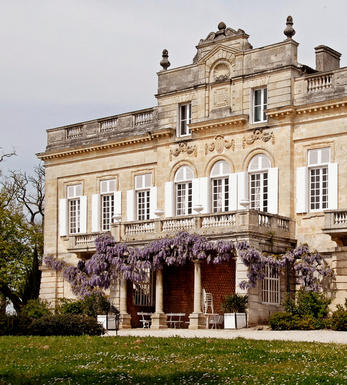
Saint-Estèphe
Saint-Estèphe is the northernmost of the most important communes of the Médoc and borders Pauillac on its southernmost border, with only a gully and stream separates it from Ch. Lafite. To the north lies the Bas-Médoc.
Saint-Estèphe is defined by the depth of its gravel, which is ubiquitous but of varying depths and occasionally very shallow, when clay predominates. This keeps the soil cooler and wetter than its counterparts so that the wines can appear fresh in lighter vintages, but superbly successful in hot, dry years.
The best châteaux in the south of the commune have the deepest soil and the thickest gravel. Cos d'Estournel has an exceptional terroir with its vineyards being located on a south-facing ridge of gravel with excellent drainage.
Saint-Estèphe is the least gravelly of main Médoc communes and in the north of the commune the vineyards are heavier and more clay-based leading to a rustic style of wine being produced.
The wines can appear austere in youth with a discernable ferric note at some châteaux, but the best typically display good depth of colour, pronounced acidity an tannins in youth and are exceptionally long-lived. At their best, they are the equal of almost any Bordeaux. The well-regarded St Estèphe co-operative controls the production of about half the appellation.
Recommended Châteaux
Cos (Ch. Cos d'Estournel), Ch. Montrose, Ch. Calon-Ségur, Ch. Lafon-Rochet, Ch. Les Ormes de Pez, Ch. Beau-Site, Ch. Cos Labory, Ch. Phélan-Ségur
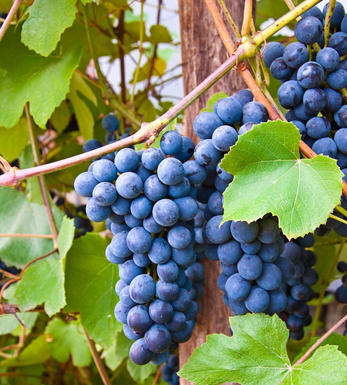
Merlot/Cabernet Franc
Merlot and Cabernet Franc are grape varieties commonly used in Bordeaux-style blends, particularly in the Bordeaux region of France. When these two grapes are blended, they can create a wine that combines the best characteristics of each variety.
Merlot is known for its smoothness, soft tannins, and ripe fruit flavours. It often contributes black cherry, plum, and chocolate flavours to the blend. The grapes are relatively easy to grow and ripen earlier than other Bordeaux varieties, making them versatile for blending.
Cabernet Franc, on the other hand, adds structure, depth, and complexity to the blend. It typically brings aromas of red fruits such as raspberry and strawberry, along with herbal notes like bell pepper and tobacco. These grapes have thinner skins and can be more challenging to cultivate, requiring specific growing conditions to reach their full potential.
When Merlot and Cabernet Franc are combined, the result is a well-balanced wine with various flavours and aromas. The blend often exhibits a Bordeaux wine's medium to full body, along with a smooth texture and moderate tannins. The specific flavour profile can vary depending on the proportions of each grape in the blend and the terroir and winemaking techniques employed.


Buying options
Add to wishlist
Description
St Estèphe is the northernmost of the four famous communes in the Médoc on Bordeaux’s Left Bank, sitting just north of Pauillac. It is renowned for its powerful, full-bodied red blends, often featuring a high proportion of Merlot alongside Cabernet Sauvignon and other Bordeaux grape varieties.
For our 2018 St Estèphe, we have worked with Château Tronquoy-Lalande. This hidden-gem estate is part of the SCDM Domaines group, alongside its near-neighbour, the illustrious Château Montrose.
Cellar Plan members enjoy a 10% saving on this wine at checkout.
Tasting note
Our 2018 St Estèphe is dominated by Merlot, though the warm growing season was perfect for the late-ripening Petit Verdot – which makes up an unusually high 41% of the blend. The result is a lush and powerful Claret. Aromas of cassis, plum and cherry adorn the nose. The palate brings grippy but ripe tannins, gentle acidity and a pencil-lead finish. This is balanced and extremely drinkable. Serve it with your favourite steak or a winter stew.
Drink now to 2025
Georgina Haacke, Bordeaux Buyer, Berry Bros. & Rudd
wine at a glance
Delivery and quality guarantee